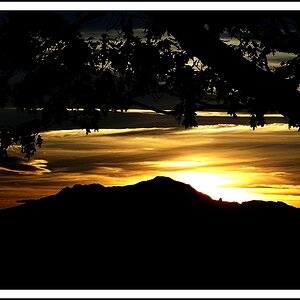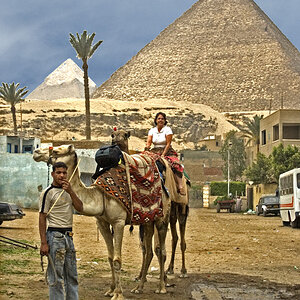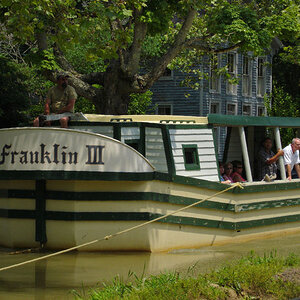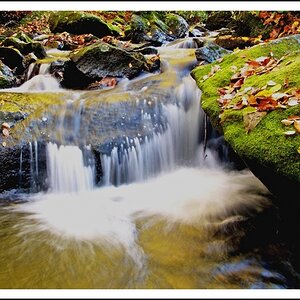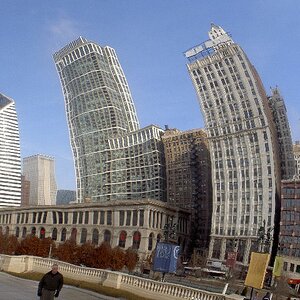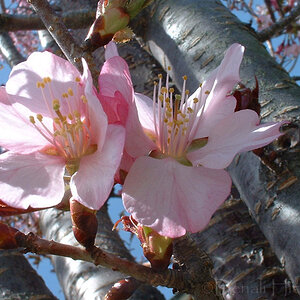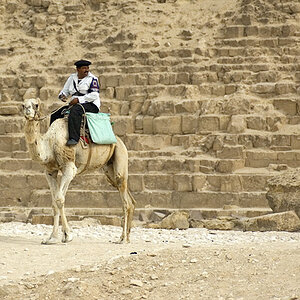SuthrnFlwr
TPF Noob!
- Joined
- Jan 6, 2013
- Messages
- 33
- Reaction score
- 2
- Location
- Sc, USA
- Can others edit my Photos
- Photos NOT OK to edit
What's the best close up filters to use on my camera? I'm talking about the +1 ect filters. My husband wants to use my camera to take photos of bugs. I have a nikon d5100 with the kit lens and an af-s dx nikkor 35mm f/1.8g lens. I appreciate the help!


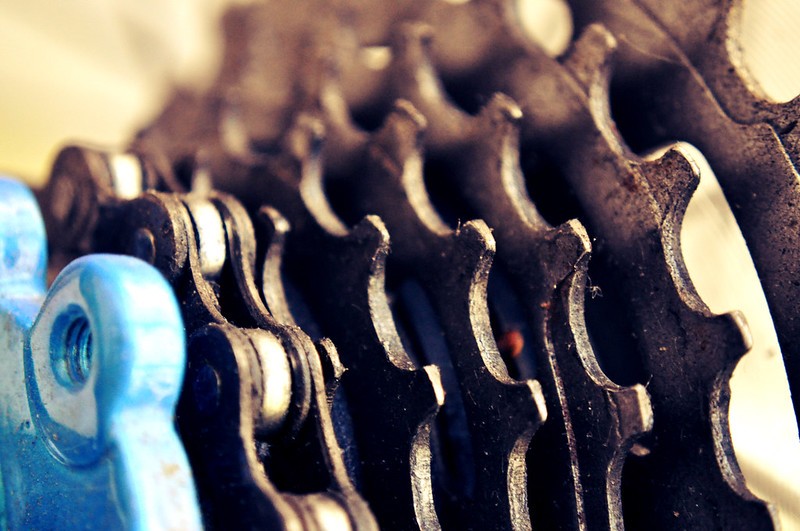
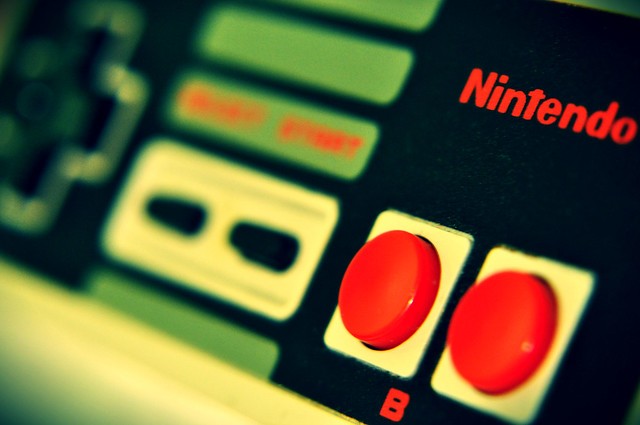
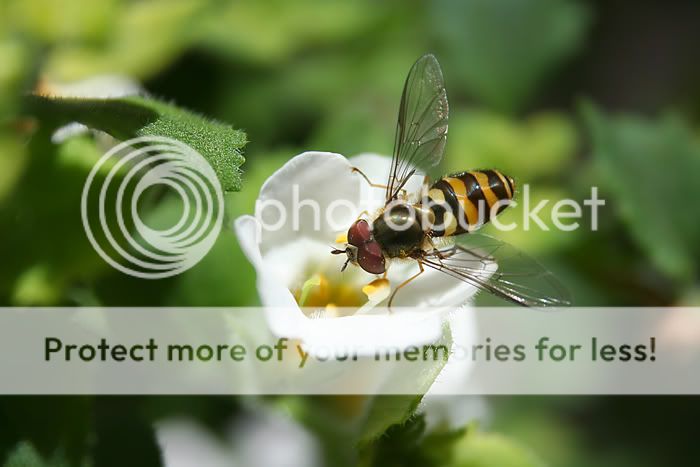
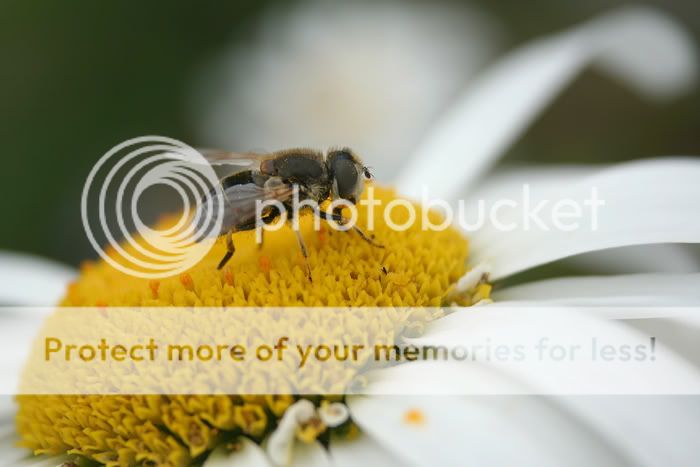
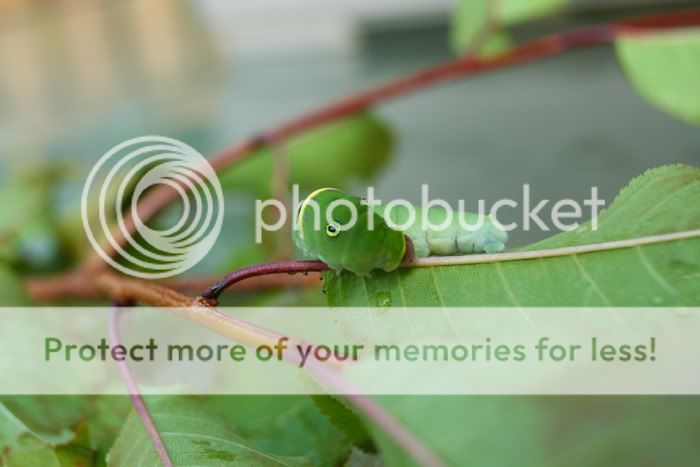
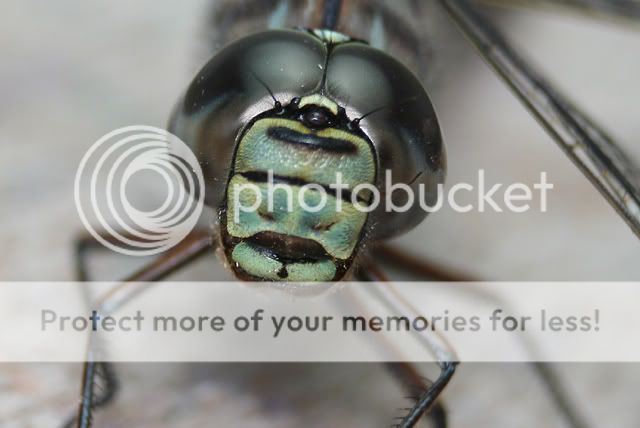
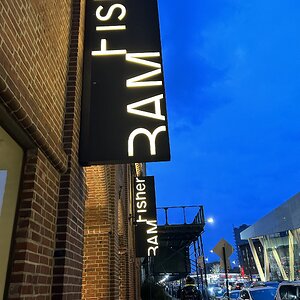
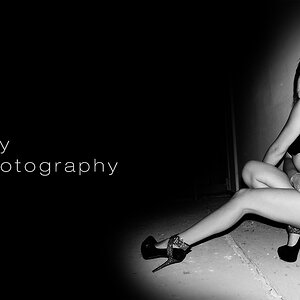
![[No title]](/data/xfmg/thumbnail/37/37528-9e874fc2fc9aad7c13c894c1439dcc10.jpg?1619738130)
